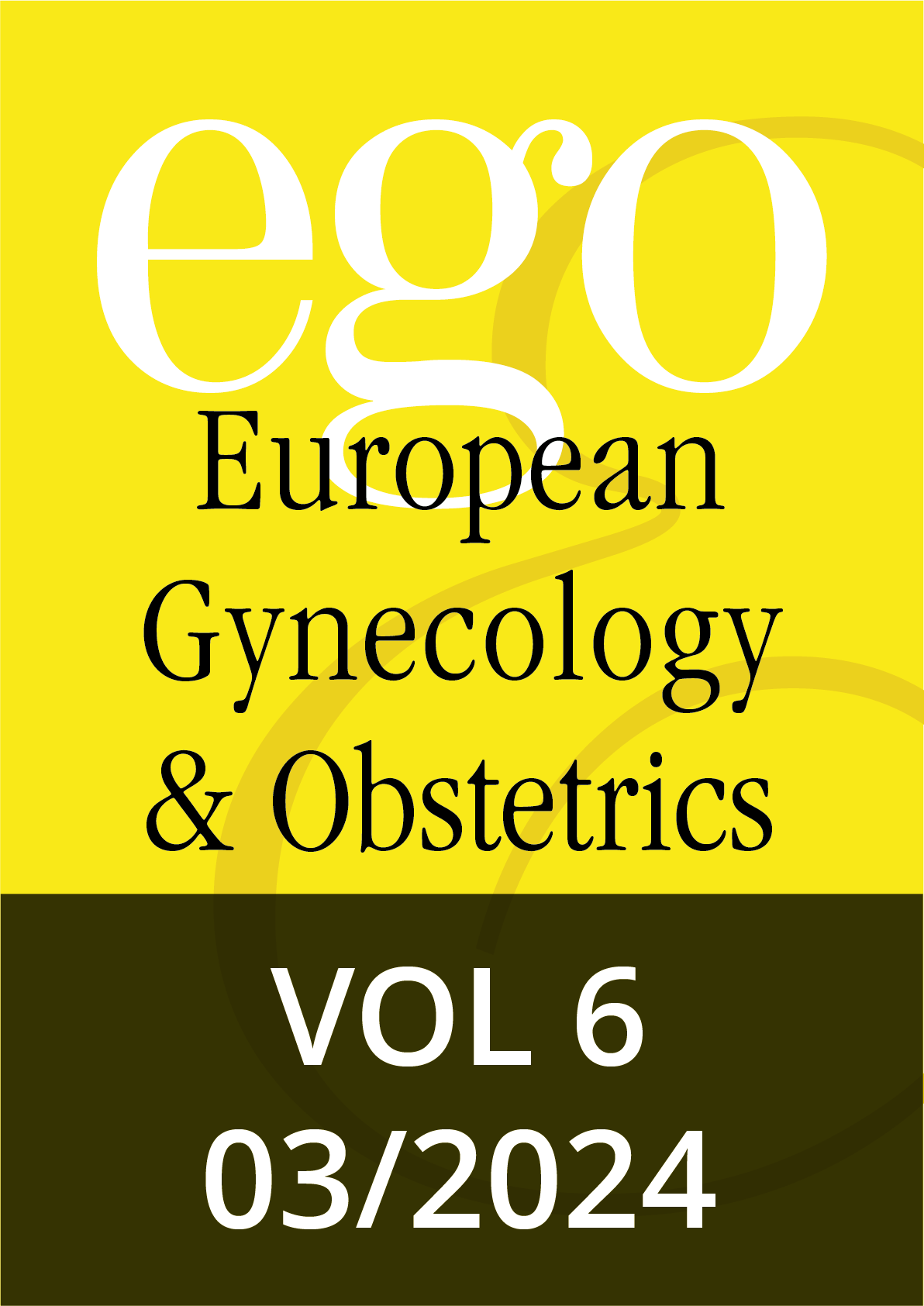Thromboprophylaxis in pregnancy has gained greater relevance in recent years due to changes in the profile of pregnant women, with more advanced maternal age and a higher prevalence of comorbidities, which increase the risk of thromboembolic events. Pregnancy and the puerperium are high-risk periods for the development of venous thromboembolic disease (VTE), a potentially fatal but preventable complication. Despite advances in obstetric care, in developed countries VTE remains a major cause of maternal morbidity and mortality [1]. Obstetric thromboprophylaxis is still currently a topic of crucial relevance, given the increase in the detection of risk factors and the need to prevent thromboembolic complications in pregnant women, which requires constant updating of clinical guidelines and continuous awareness of its importance among both healthcare professionals and pregnant women.
The early identification of risk factors is fundamental for the prevention of VTE. As mentioned, the changing profile of pregnant women (advanced maternal age and a higher rate of comorbidities), underscores the need for dynamic and continuous assessment of thrombotic risk. This assessment should not be limited to early pregnancy but should be repeated with any change in clinical status, hospitalization, or in the immediate postpartum period. While the systematic implementation of this practice presents resource management challenges, it also offers an opportunity to significantly improve maternal outcomes.
The current controversy over risk thresholds for initiating thromboprophylaxis underscores the need for a consensus based on the most recent evidence, considering both clinical efficacy and economic sustainability of these interventions. Scientific societies unanimously recommend VTE risk assessment as part of antenatal and postpartum care. However, despite robust evidence supporting thromboprophylaxis, controversies and variations in clinical practice persist. Different international guidelines, while agreeing on many aspects, show discrepancies in risk stratification and thresholds for initiating pharmacological prophylaxis [2]. This lack of consensus may generate uncertainty among practitioners and potentially lead to the underutilization of thromboprophylaxis in cases where it could be beneficial. In Spain, the strategy is based on identifying thrombotic risk factors (i.e. history of VTE or thrombophilia), in addition to general factors and medical or obstetric pathology [3]. For effective implementation of guidelines, it is essential to establish standardized protocols in both primary care and hospitals. Thrombotic risk assessments should be performed from the beginning of pregnancy and repeated when clinical changes occur. It is crucial to create multidisciplinary teams (i.e. obstetricians, hematologists, anesthesiologists) working together to decide on appropriate prophylaxis for each case. Continuous training of healthcare professionals and proper collection of clinical records would improve quality and adherence to guidelines.
Current limitations in available scientific evidence, particularly the scarcity of large-scale randomized clinical trials, must be acknowledged. This evidence gap highlights the importance of quality registries and well-designed observational studies to guide clinical practice in the absence of higher-level evidence.
Low-molecular-weight heparins (LMWH) have become the cornerstone of thromboprophylaxis during pregnancy. Accumulating evidence supports their use, demonstrating a significant reduction in VTE incidence without a relevant increase in adverse effects; although patients should be informed about potential adverse effects such as thrombocytopenia or hematoma formation if injected near a wound (i.e. cesarean incision), as well as when to discontinue the medication, as this could affect their intra- and postpartum management. However, it is crucial to recognize that LMWHs have different actions and are not interchangeable; therefore, the choice should be based on available evidence and the specific characteristics of each product.
In addition to clinical efficacy, the cost-effectiveness of thromboprophylaxis should be considered. In a context of limited healthcare resources, it is essential to demonstrate that these interventions are not only life-saving but also economically sustainable. Studies suggest that, especially in high-risk groups, LMWH thromboprophylaxis is a cost-effective strategy, considering the high costs associated with treating a VTE episode [4]; hence, women should receive financial support for its implementation.
A crucial aspect is the ethical and legal imperative to provide thromboprophylaxis when indicated. Omission of this practice, when clearly recommended by clinical guidelines, not only exposes patients to unnecessary risks but may also have legal implications for healthcare professionals, as reflected in some court rulings [5]. This point underscores the need for continuous and updated training of obstetricians in thromboprophylaxis management. Furthermore, women should not be negatively judged if they decide not to receive prophylaxis. Without addressing VTE, the rate of maternal mortalities and morbidities will continue to increase in developed countries and this will severely impact global birth rates.
Nevertheless, there is a need for more research in order to optimize risk assessment tools and to develop long-term cost-effectiveness studies that support the systematic implementation of thromboprophylaxis in pregnancy.
In conclusion, thromboprophylaxis in pregnancy and the puerperium represents a critical issue in modern obstetric care. Successful implementation of prevention strategies requires a multidisciplinary approach that includes obstetricians, hematologists, and anesthesiologists, in addition to individualized risk assessment, and the adherence to evidence-based best practices. Although challenges and controversies persist, the accumulating evidence strongly supports the judicious use of thromboprophylaxis as an effective strategy to reduce maternal morbidity and mortality.

